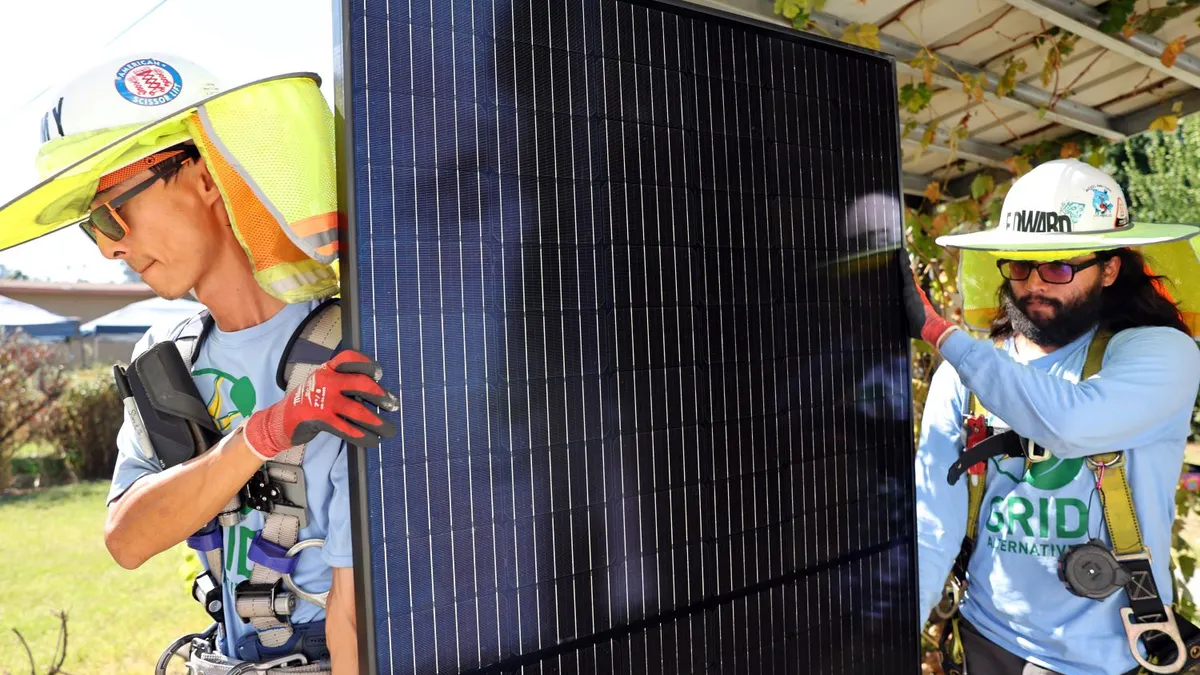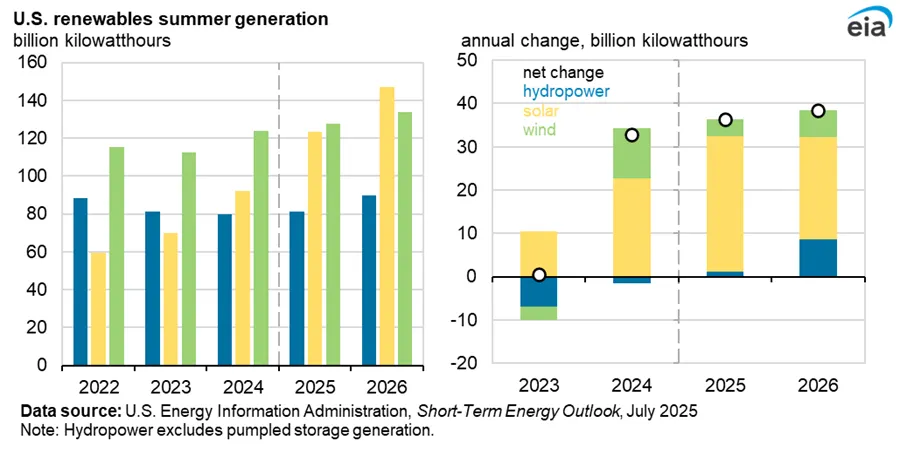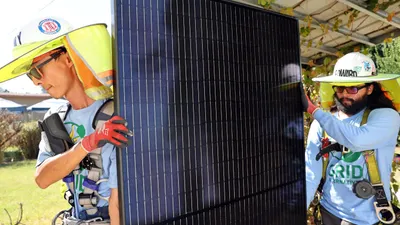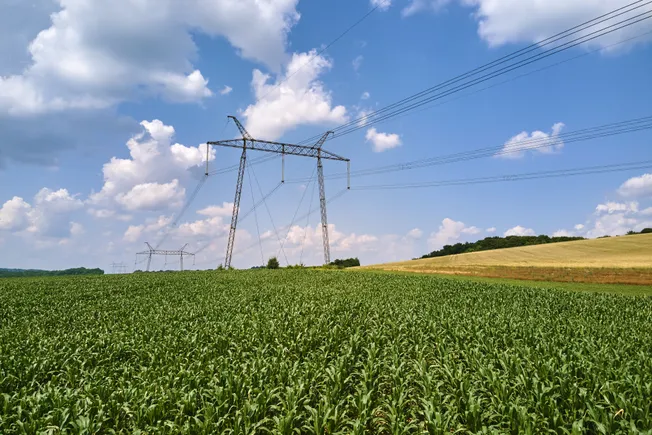
Solar is expected to account for 7% of total U.S. generation in 2025 and 8% in 2026, the Energy Information Administration said Tuesday.

GRID Alternatives employees carry a solar panel on October 19, 2023, in Pomona, California. Solar energy is expected to be the largest source of renewable power in the United States next summer, exceeding both wind and hydropower, according to an Energy Information Administration report.
Mario Tama/Getty Images via Getty Images
Despite open hostility from the Trump administration toward renewable sources of power, solar in particular is expected to be a larger part of the energy mix this summer and going forward, the U.S. Energy Information Administration said in a Tuesday report.
The electric power sector will generate 124 billion kWh from solar this summer, 34% more than it did during the June-September 2024 period, according to EIA’s Short Term Energy Outlook.

“Solar generation has grown quickly in the past few years as more capacity is installed, a trend we expect to continue this summer,” EIA said. “By summer 2026, we forecast solar generation will grow by another 19% to 147 BkWh, which means solar would surpass wind to become the leading source of renewables generation during the summer.”
Wind is expected to generate roughly 130 BkWh this summer, according to EIA.
Growing solar has displaced some gas generation in some areas, EIA noted.
“With higher generation from renewables and increased fuel costs, we expect U.S. natural gas generation will fall by 4% in 2025 followed by an increase of 2% in 2026,” it said.
EIA’s analysis comes as the White House has taken steps to hamstring solar and wind development, while trying to incentivize coal and gas. On Monday, President Donald Trump issued an executive order seeking additional restrictions on wind and solar, even as the renewables sector saw the 45Y and 48E clean energy tax credits slashed by budget legislation signed into law on July 4.
“Unreliable wind and solar energy sources displace affordable, dispatchable energy, compromise America’s electric grid, and denigrate the beauty of our Nation’s natural landscape,” according to a fact sheet published Monday by the White House.
But experts say the Trump administration is undervaluing the contributions of variable resources to grid reliability.
On Monday, the Department of Energy published a report concluding blackouts could increase by 100 times in 2030, relative to today’s averages, largely due to rising demand, generation retirements and higher penetrations of renewables.
DOE’s study “appears to exaggerate the risk of blackouts and undervalue the contributions of entire resource classes, like wind, solar, and battery storage,” said Caitlin Marquis, managing director at Advanced Energy United.
<!– –>






















